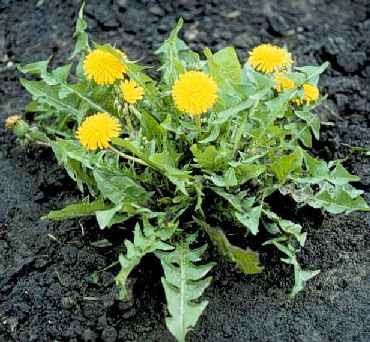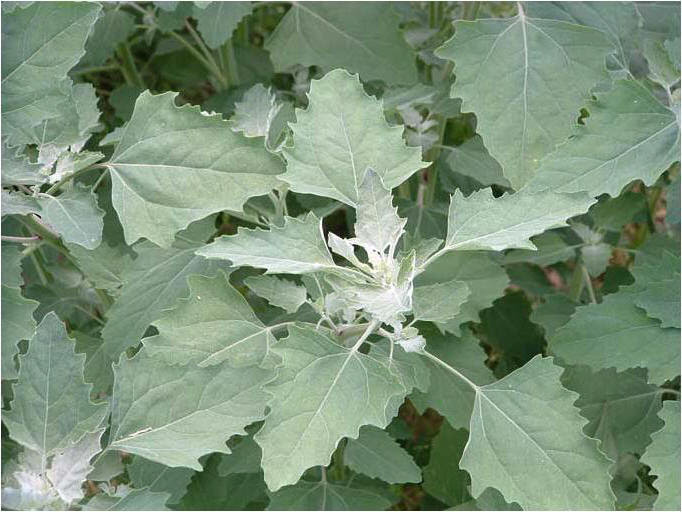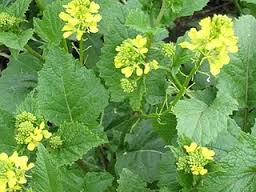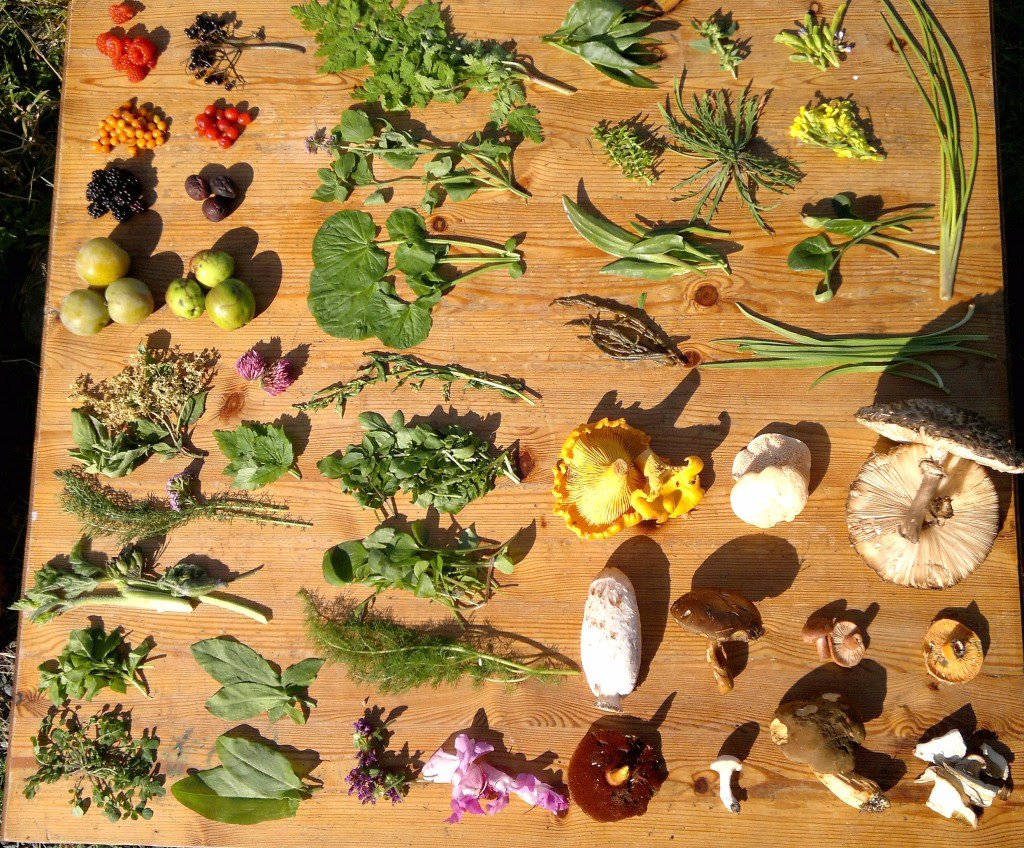Dandelions, lambs-quarters, mustard greens, oh my!
WILD EDIBLES
Widely abundant and highly nutritious, wild edible plants thrive with little human effort and are useful as rich sources of food, medicine, and craft. Sometimes considered weeds, wild edibles emerge everywhere – in untouched city spaces, woodland borderlands, even from the cracks in the sidewalk. Learning how to properly identify a few dozen of these plants is the first step to re-stitching oneself to the local landscape, diversifying one’s diet, and entering into direct communion with the natural world through the centuries’ old tradition of foraging and harvesting food. Many of these overlooked plants can be found in and around urban orchards!
Safety, first!
Green Deane of Eat the Weeds recommends using the I.T.E.M system as a framework to ensure safe forays into foraging.
– IDENTIFY the plant beyond doubt. Does the plant have any poisonous look-alikes? Is it indeed the plant you think it is? Use guidebooks along with the expert guidance of community groups like the Wild Foodies of Philly, who offer free and low-cost plant walks and opportunities for learning.
– Next, make sure the plant is growing or fruiting at the right TIME of year. If a plant is not growing as it should, investigate the plant in question before proceeding. Go slow!
– Knowledge of the plant’s ENVIRONMENT involves making sure the plant is growing in the right place, and that the area itself is not polluted. Know the natural habitat of the plants you’re harvesting. Be wary of harvesting plants too close to the roadside, or in areas of potentially hazardous chemical run-off.
– Lastly, what is the METHOD of preparation? Is this a plant that can be eaten raw, or needs to be prepared in several changes of boiling water like poke weed, or shelled like an acorn?
Resources
Plant knowledge is a shared knowledge that celebrates and honors the lineage of ancestors and community. Many resources exist to further this valuable learning, including blogs, local experts, plant associations, and community farms.
David Siller (Philadelphia Forager)
Wildman Steve Brill (Professional Forager)
Tasty wild edibles to get you started
 Dandelion – All parts of the common dandelion are edible and medicinal, raw and cooked. The leaves can be harvested throughout the growing season and will add a bitter, spicy kick to fresh salads – stimulating digestion and strengthening the kidneys – and are also tasty stir-fried or cooked. The sweet flowers can be eaten raw or used to make a delicious dandelion wine.
Dandelion – All parts of the common dandelion are edible and medicinal, raw and cooked. The leaves can be harvested throughout the growing season and will add a bitter, spicy kick to fresh salads – stimulating digestion and strengthening the kidneys – and are also tasty stir-fried or cooked. The sweet flowers can be eaten raw or used to make a delicious dandelion wine.
The dandelion root is sweet and bitter and helps to clear toxins from the liver and can be eaten cooked like a root vegetable, made into a tea, or roasted in the oven to make a roasty coffee-flavored beverage.
 Lamb’s Quarters – A common weed found in most gardens, vacant lots, and back alleys, lambs quarters are an annual edible with a mineral rich taste that has light green leaves with a mild whitish tint and gritty feel (pollen). Leaves, shoots, seeds, and flowers may be eaten raw in small quantities – added to salads, smoothies, or juices. Bearing the highest nutrition value of all wild foods, behind aramanth as #1, lamb’s quarters offers rich sources of protein, calcium, potassium, and iron. A great alternative to spinach! The plant can absorb nitrates from the soil, so be careful about the location from where you harvest. More info.
Lamb’s Quarters – A common weed found in most gardens, vacant lots, and back alleys, lambs quarters are an annual edible with a mineral rich taste that has light green leaves with a mild whitish tint and gritty feel (pollen). Leaves, shoots, seeds, and flowers may be eaten raw in small quantities – added to salads, smoothies, or juices. Bearing the highest nutrition value of all wild foods, behind aramanth as #1, lamb’s quarters offers rich sources of protein, calcium, potassium, and iron. A great alternative to spinach! The plant can absorb nitrates from the soil, so be careful about the location from where you harvest. More info.
 Wild Mustard – One of the most common wild edibles, wild mustards in all varieties are edible with varying degrees of bitter/spiciness. Within the same family as the brassicas – kale, cabbage, broccoli – wild mustards share the same pungent quality and can be found growing in well-drained soil, sandy to rich, old pastures, lawns and roadsides. The leaves can be cooked, young leaves used raw, and the flowers and seeds can be used for spice or flavoring. Some people may be allergic to mustards, so proceed with caution, consuming small amounts to test, if so. More info.
Wild Mustard – One of the most common wild edibles, wild mustards in all varieties are edible with varying degrees of bitter/spiciness. Within the same family as the brassicas – kale, cabbage, broccoli – wild mustards share the same pungent quality and can be found growing in well-drained soil, sandy to rich, old pastures, lawns and roadsides. The leaves can be cooked, young leaves used raw, and the flowers and seeds can be used for spice or flavoring. Some people may be allergic to mustards, so proceed with caution, consuming small amounts to test, if so. More info.
This edition of POP TIPS prepared with assistance from 2015 POP intern Alyssa Schimmel.
SUPPORT US! If you found this entry useful, informative, or inspiring, please consider a donation of any size to help POP in planting and supporting community orchards in Philadelphia: phillyorchards.org/donate.
